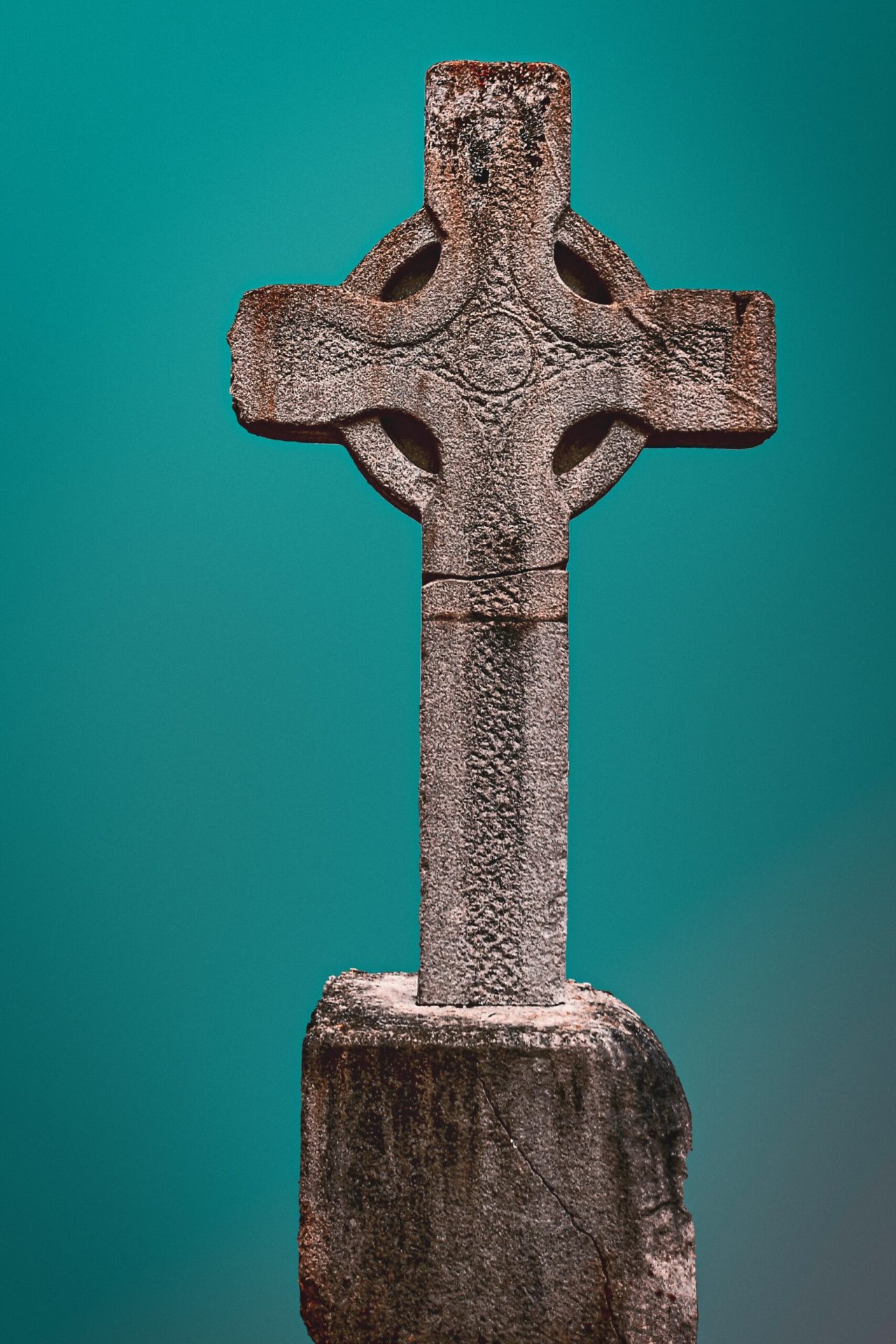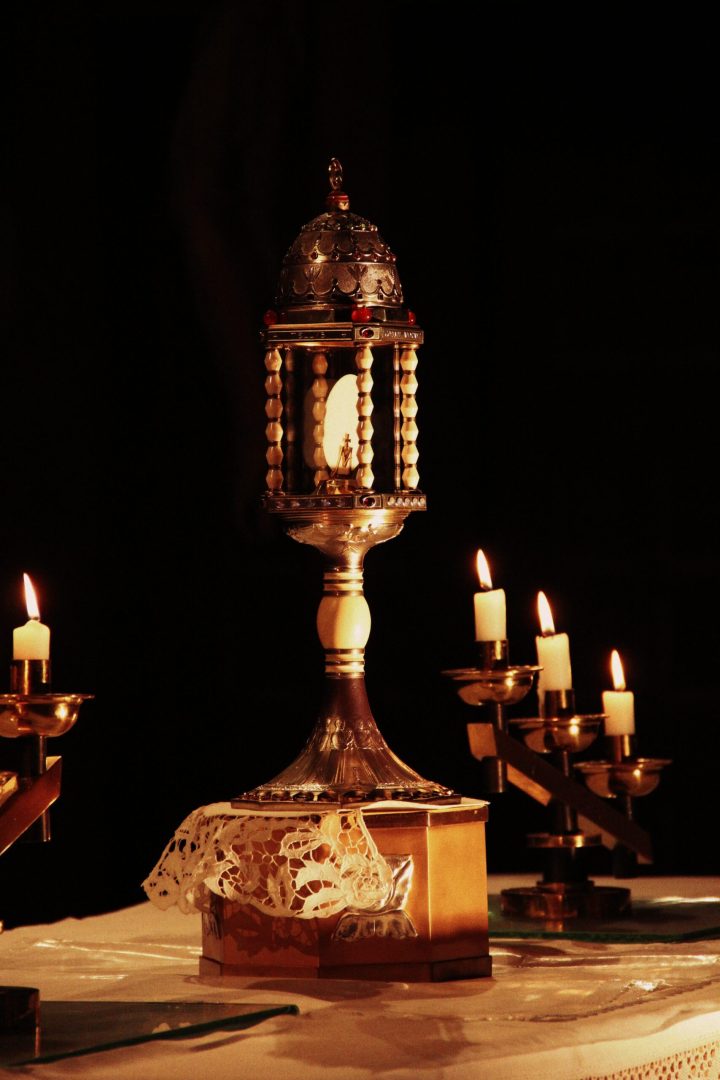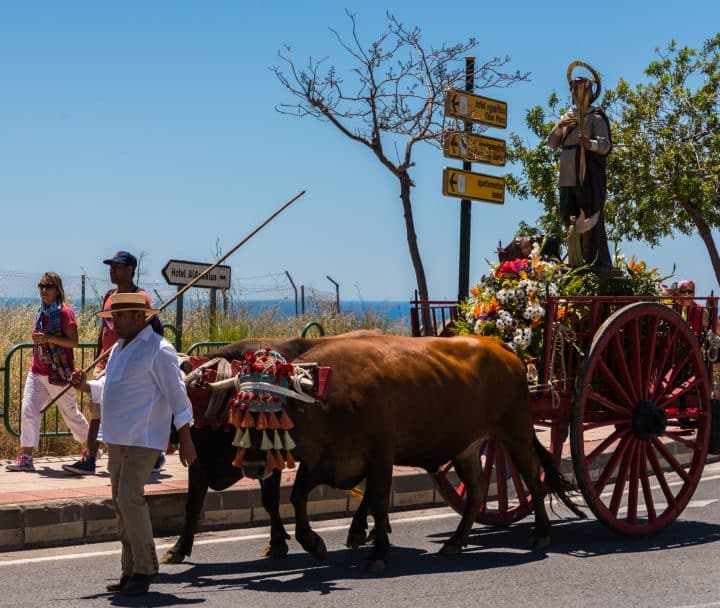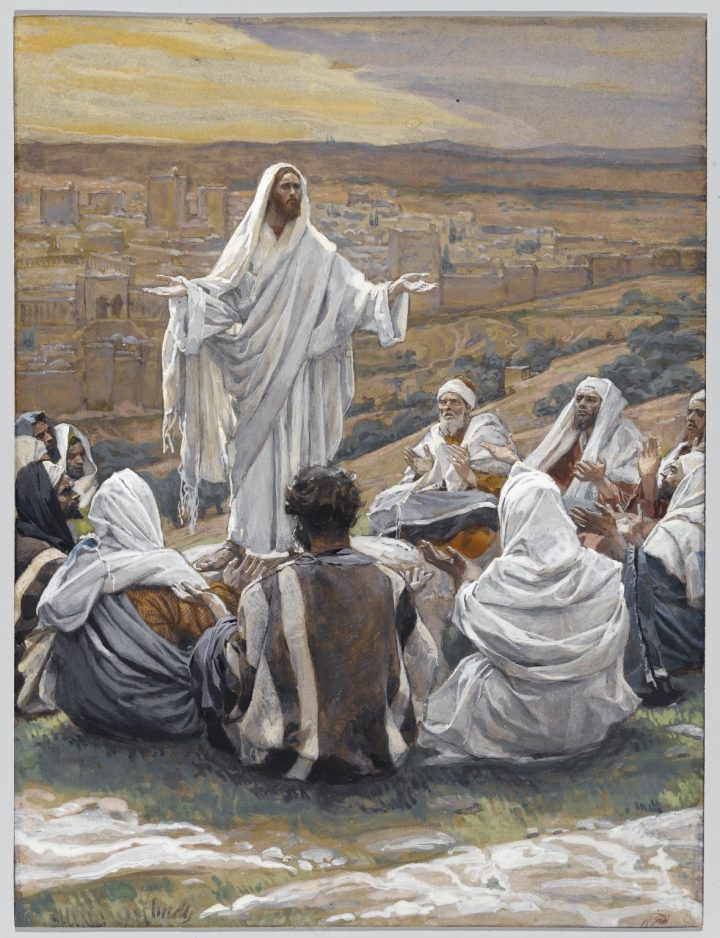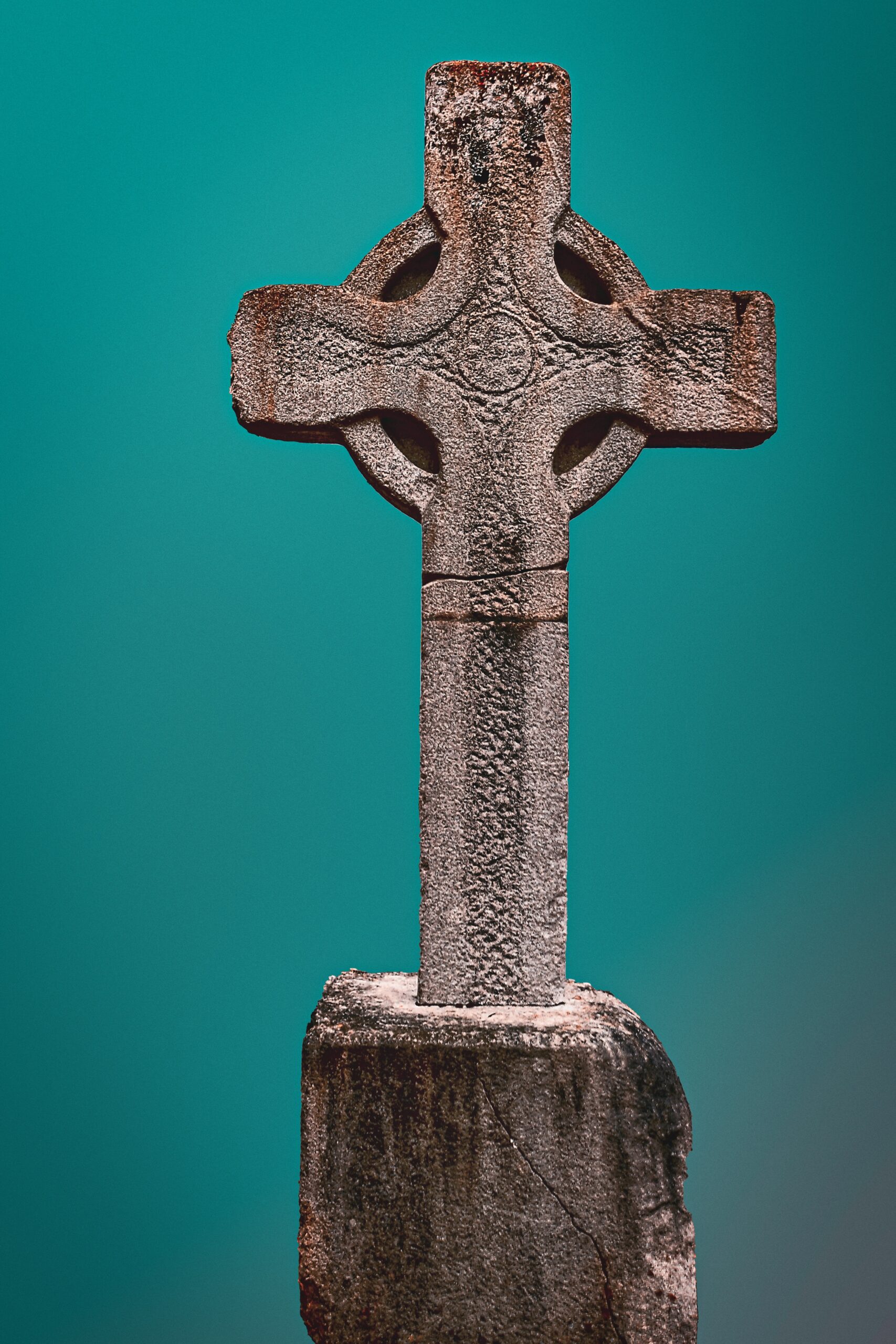
“My name is Patrick. I am a sinner, a simple country person, and the least of all believers.”
So opens the Confessions of a St. Patrick, the patron saint whose feast we seem to celebrate throughout March. Granted, if you are a fellow urban dweller in North America, you probably aren’t going to hear much about this incredible saint.
This continent has been celebrating St. Patrick since 1601 when the citizens of the colony of St. Augustine celebrated his feast with a Mass and a procession. St. Patrick, in his humility, could have hardly imagined how people would thank God for him a thousand years later and over a thousand miles from his home. And we continue to celebrate, even beneath the modern revelry.
It’s hard to remember, but St. Patrick was a real person. We have some of his writings, but more people are familiar with his various legends. These fantastic stories tell of St. Patrick facing wizards, giants, demons, and even the entrance to Purgatory. They seem hard to believe but these stories give greater meaning to our celebration of his name each March. I would like to tell you two of these stories.
While I would recommend you read his Confessions (and the comic version in the stunning The Saints Chronicles: 1), the stories of St. Patrick remind us of one important truth: with God, all things are possible, even through the most unlikely of saints.
The Basics of St. Patrick
I do not have the space to give a complete biography of such a great man. What is important to know is that Patrick was a Roman in Britain whose latin name Patricius indicates a fatherly quality. He was not born in Ireland, but kidnapped and enslaved on the island.
For the Christian imagination, Ireland was at the very edge of the known world. It was a land of competing kings, pirates, and slave-traders. While Patrick would escape his enslavement, he felt the Holy Spirit calling him back to Christianize the island. God calls to all of us but it is hard to find somebody who responds in such a courageous way.
Patrick obeyed God’s call and saved Ireland. Remarkably, in later generations, Irish monks would establish or reestablish Christian monasteries and missions all over the world. By the middle ages, Irish monks had set up institutions in places like Britain, Italy, Iceland, and even Vienna. Some of these monasteries, like Bobbio and Melk Abbey, still exist today and continue the original mission of the early medieval Irish missionaries.
By saving Ireland, Patrick helped to save the world and preserve the Roman-Christian order. That is why his name is still widely celebrated.
The Demonic Birds of Croagh Patrick
Every July in County Mayo, Ireland, tens of thousands of pilgrims gather to walk up Croagh Patrick (St. Patrick’s stack) barefoot. Looming at 2500 feet, Croagh Patrick, nicknamed “the Reek,” is a rocky landmark in the Irish countryside and has attracted pilgrims for centuries.
Mystical visions led Patrick back to Ireland, the land that held him captive as a slave in his youth. At times the land itself seemed to be against Patrick. In some tales, Patrick made himself an enemy of the old gods who refused to let go of Ireland and would confront Patrick with all kinds of horrors.
It was during Lent in 441 AD when Patrick ascended the great Reek mountain rising over County Mayo where he desired to fast and do penance. Tírechán, a 7th-century Irish bishop and biographer, recounts that the holy saint was beseeched by horrors in his solitude.
St. Patrick’s presence and solitude caught the attention of many. Among those were the powers of darkness, possibly a demonic female serpent named Corra or Caorthannach. Either way, as night set and Patrick was deep into his prayers, fasting, and penance, demons in the form of blackbirds blocked the sky around him. The plague of birds let out a demonic song while they destroyed farms and mocked the saint.
Patrick first attempted to strike them with his shepherd’s crozier. The birds would disappear into smoke only to find their form and mock him and his faith. Then Patrick flung holy water while he called out a hymn of praise. The birds retreated but soon came back, harassing fishermen and children on the way back to mock Patrick.
Finally, Patrick raised up his sacred bell. Like today, bells were often used to call people to prayer and the liturgy. He rang out the bell and prayed to God for strength. The demons had never heard such a sound before and soon they fled in anguish to be replaced by white doves who loudly sang songs of worship. The bell is still in Ireland’s national museum and it is said that Patrick had chased the demons off that mountain once and for all.
The mountain was proclaimed Croagh Patrick, or St. Patrick’s Stack. And ever since then, pilgrims gather for Reek Sunday at the end of July. Some even start their journey 22 miles away at Ballintubber Abbey to walk the ancient pilgrimage route called the Tochar Padraig. Either way, these tens of thousands of pilgrims reenact a most daring time of Patrick’s journey and the great saint’s legacy of penance and prayer lives on in every soul that walks up the sacred mountain.
St. Patrick’s Purgatory, A Place of Penance
Among the many miraculous deeds of St. Patrick, medieval Europe was especially moved by St. Patrick’s vision of the afterlife on a small island on Lough Derg, or Lake of the Cave. Pilgrims came from as far away as Hungary and Italy to see this mysterious island cave where the Apostle of Ireland, and many since, had gazed upon the suffering souls in purgatory.
The tale seems tall, but it has impacted poets from Dante to Seamus Heaney, and even inspired medieval frescoes of the cave in the Umbrian hill town of Todi, Italy, not far from Assisi and Orvieto. What captured their imagination and why did so many people come to this cave, a kind of gateway to the afterlife?
Patrick arrived to this lake while preaching in the surrounding area of Donegal. The tale goes that the people of Donegal were, at first, hard-hearted and stubborn in their superstitious ways. They especially couldn’t believe the Catholic vision of the afterlife and wanted some hard evidence.
As we often do, we next find Patrick moving to a place of solitude so that he can fast, pray, and do penance for the souls of the people he was trying to convert. Perhaps this passionate zeal and commitment to penance is why the strange and supernatural seem to follow St. Patrick.
While in the midst of prayer, Patrick had a vision of Christ calling him to an island cave. When Patrick entered the cave he was vexed with the images of souls in purgatory, calling him to pray for them and to do penance for all souls. When Patrick showed this to the people, they found a well and begged to be baptized at the sight of the sufferings that may await them.
Now, in pre-Christian Ireland, there were in fact several caves that were thought to be passages to the underworld. So, indeed, this accounting of miraculous events baptizes the old ways of Ireland into the Christian view of the world. And what is now called St. Patrick’s Purgatory has been a site of Christian pilgrimage for over 1500 years, unbroken even in the penal times.
Among the most famous visitors was the Knight Owen who made his pilgrimage in the 12th century. Owen had done great violence in warfare and sought to do penance. However, the abbot was not too keen to let too many people in the cave. Since St. Patrick’s time, the cave had a heavy door and lock installed on it and only a few could enter, on account of the fearsome visions.
Owen would not be deterred from doing penance, so he spent 15 days in fasting, prayer, and hearing the Mass. The abbot relented, gave the Knight the sacraments and permitted him to enter the purgatorial cave.
It would take too long to discuss Owen’s vision, but he saw quite a few souls and met even the saints and angels who instructed him. Owen would spend the rest of his days in penance and peace, but his harrowing tale of tortured souls and reassuring angels brought many more pilgrims after him.
The cave is buried now, and has been since 1632. But pilgrims still gather to pray, do penance, and to sit and think of where their soul may be headed. While other sites like Knock will get many more visitors, there is still something impressive that tens of thousands of pilgrims gather to do penance and to pray as St. Patrick did so many ages ago.
Further Reading
As you can see from our two brief tales, St. Patrick is more than a good-luck charm. His own words and accounts of his great deeds could fill hundreds of articles. You might even have your own favorite story of the incredible work of St. Patrick.
For more reading, let me first recommend the (free) copy of his Confessions on EWTN. Other books I recommend include:
- The Saints Chronicles: 1, which gives a powerful visual account of the story of St. Patrick as well as Joan of Arc and more.
- Twenty Tales of Irish Saints, a charming collection for young readers.
- Tradivox, Volume 4, which collects the most important short catechisms of early-modern Ireland. This is a welcome collection for those of us who adore the religious works of our forebearers.
Photo by K. Mitch Hodge on Unsplash

